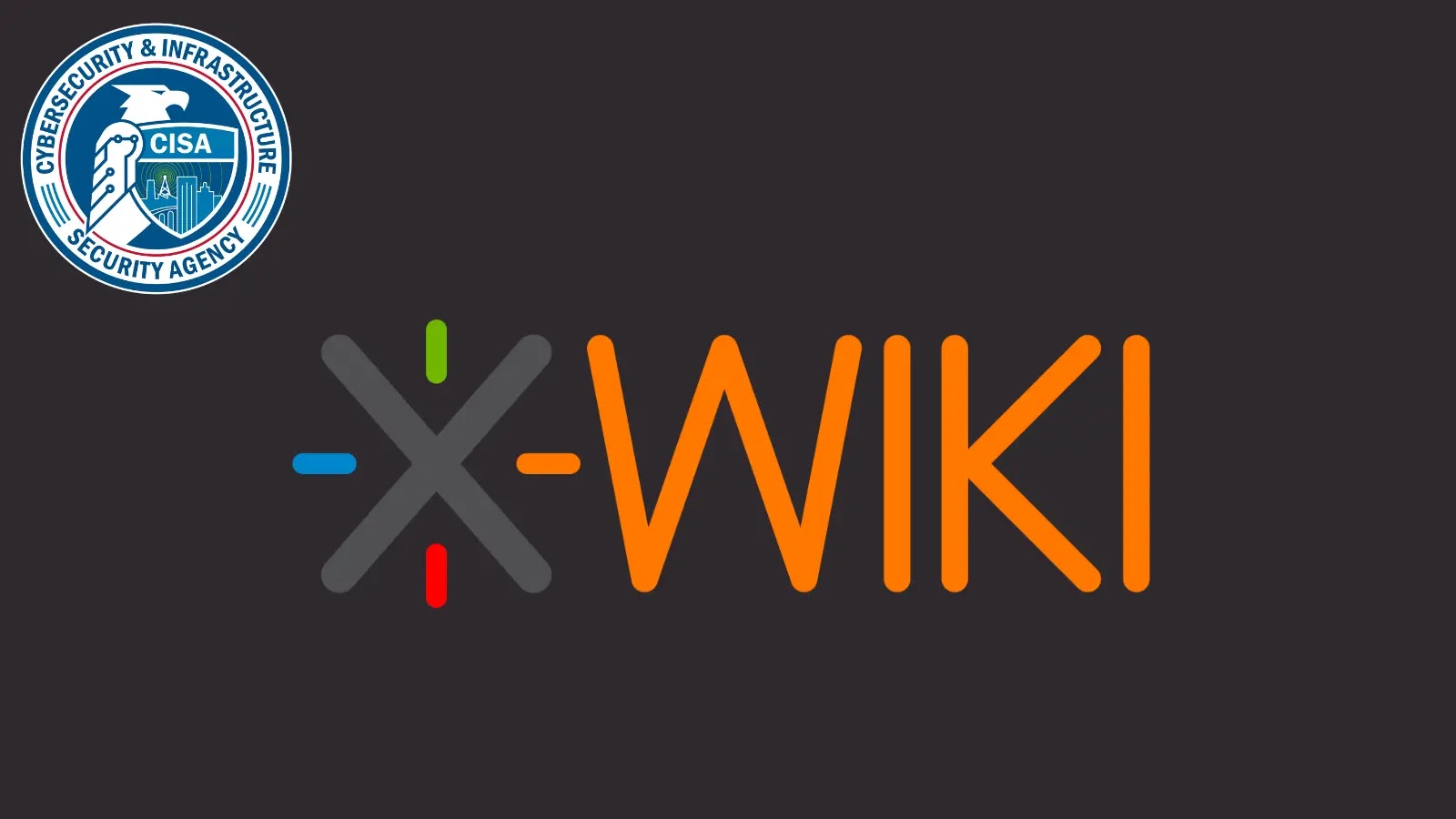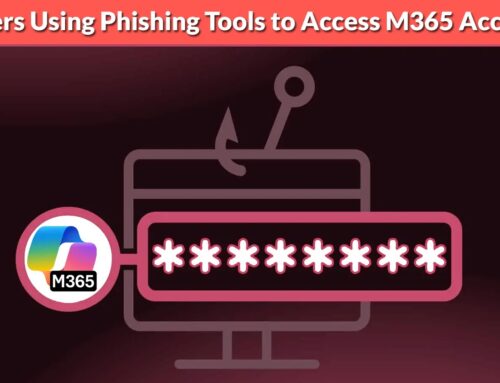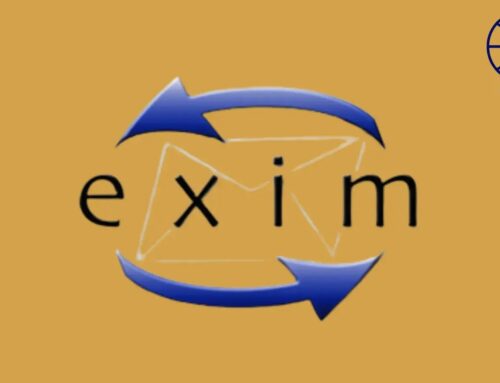
CISA Warns of XWiki Platform Injection vulnerability Exploited to Execute Remote Code
A critical alarm has been raised in the cybersecurity community: the U.S. Cybersecurity and Infrastructure Security Agency (CISA) has issued an urgent warning regarding a severe injection vulnerability present in the XWiki Platform. This flaw, officially tracked as CVE-2025-24893, is not merely theoretical; it’s actively being exploited in the wild, allowing unauthenticated attackers to execute arbitrary remote code. For any organization leveraging XWiki, this isn’t just a potential risk – it’s an immediate threat demanding swift action.
Understanding the XWiki Platform Injection Vulnerability: CVE-2025-24893
The vulnerability, identified as CVE-2025-24893, is an injection flaw within the XWiki Platform, an open-source wiki software widely used for collaborative content creation and knowledge management. An injection vulnerability occurs when untrusted data is sent to an interpreter as part of a command or query. In this specific XWiki context, it means that a malicious actor can insert unauthorized code into data inputs, which the XWiki server then processes and executes.
The severity of this particular vulnerability is amplified by several factors:
- Unauthenticated Access: Attackers do not need valid credentials to exploit this flaw, making it accessible to anyone with network access to a vulnerable XWiki instance.
- Remote Code Execution (RCE): The ability to execute arbitrary code remotely is the pinnacle of critical vulnerabilities. It grants an attacker full control over the compromised server, allowing for data theft, system modification, the installation of malware, or establishing persistent backdoors.
- Active Exploitation: CISA’s warning explicitly states that the vulnerability is “actively exploited.” This elevates it from a theoretical risk to an imminent danger, underscoring the urgency for immediate remediation.
The Immediate Threat Landscape
For organizations relying on XWiki, the implications of CVE-2025-24893 are profound. A successful exploit could lead to:
- Complete System Compromise: Attackers gaining root-level access to the server hosting XWiki, enabling them to manipulate or destroy data, install ransomware, or use the server as a launchpad for further attacks within the network.
- Data Breach: Access to sensitive information stored within the wiki, including intellectual property, confidential company data, or personal employee information.
- Service Disruption: Malicious modification or deletion of XWiki content, rendering the platform unusable or unreliable.
- Reputational Damage: Significant loss of trust from customers and partners due to a publicized security incident.
Given the active exploitation, organizations must assume that any unpatched XWiki instance connected to the internet is a potential target and could already be compromised.
Remediation Actions and Mitigation Strategies
Immediate action is paramount to secure XWiki installations against CVE-2025-24893. Security teams and system administrators should prioritize the following steps:
- Patch Immediately: The most crucial step is to apply the security patches released by the XWiki project. Organizations should consult the official XWiki security advisories for specific versions and update paths.
- Isolate XWiki Instances: If immediate patching is not feasible, restrict network access to the XWiki platform as much as possible. Implement strict firewall rules to limit access only to necessary internal networks or VPN users.
- Conduct Comprehensive Audits: Perform a thorough security audit of XWiki servers and logs for any signs of compromise. Look for unusual file access, unauthorized processes, or unexpected network connections.
- Implement Input Validation: While patching addresses the root cause, reinforcing input validation mechanisms can act as a secondary defense against similar future injection attempts.
- Review User Permissions: Ensure that all user accounts, especially administrative ones, follow the principle of least privilege.
- Regular Backups: Maintain regular, secure, and offline backups of XWiki data to facilitate recovery in the event of a successful attack.
Detection and Scanning Tools
Leveraging appropriate tools is essential for identifying vulnerable XWiki instances and detecting potential exploitation. The following table provides a brief overview:
| Tool Name | Purpose | Link |
|---|---|---|
| Nessus | Comprehensive vulnerability scanning, including web applications. | https://www.tenable.com/products/nessus |
| OpenVAS / Greenbone Vulnerability Management | Open-source vulnerability scanner for network and web application assessments. | https://www.greenbone.net/ |
| OWASP ZAP (Zed Attack Proxy) | Web application security scanner for finding vulnerabilities during development and testing. | https://www.zaproxy.org/ |
| Burp Suite Professional | Integrated platform for performing security testing of web applications. | https://portswigger.net/burp |
| XWiki official documentation / Security Advisories | Primary source for patch information and security bulletins. | https://www.xwiki.org/xwiki/bin/view/Main/SecurityPolicy |
Conclusion
The CISA warning regarding XWiki Platform CVE-2025-24893 is a critical call to action for all organizations utilizing this open-source wiki software. The ability for unauthenticated remote code execution, coupled with evidence of active exploitation, highlights the severe and immediate risk. Cybersecurity professionals must prioritize patching, implement rigorous network segmentation, and conduct thorough security audits to protect their systems and data from this critical vulnerability.





